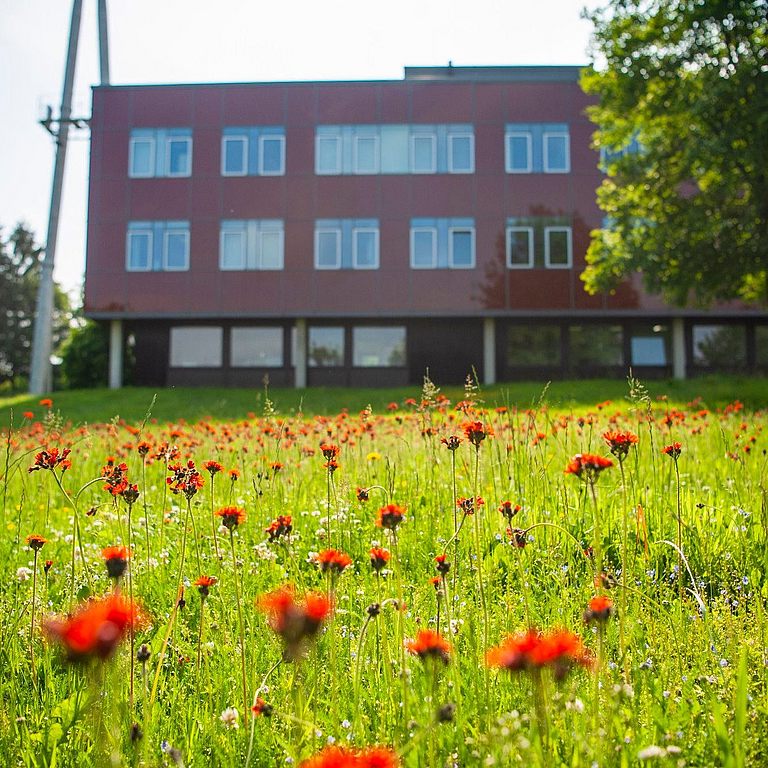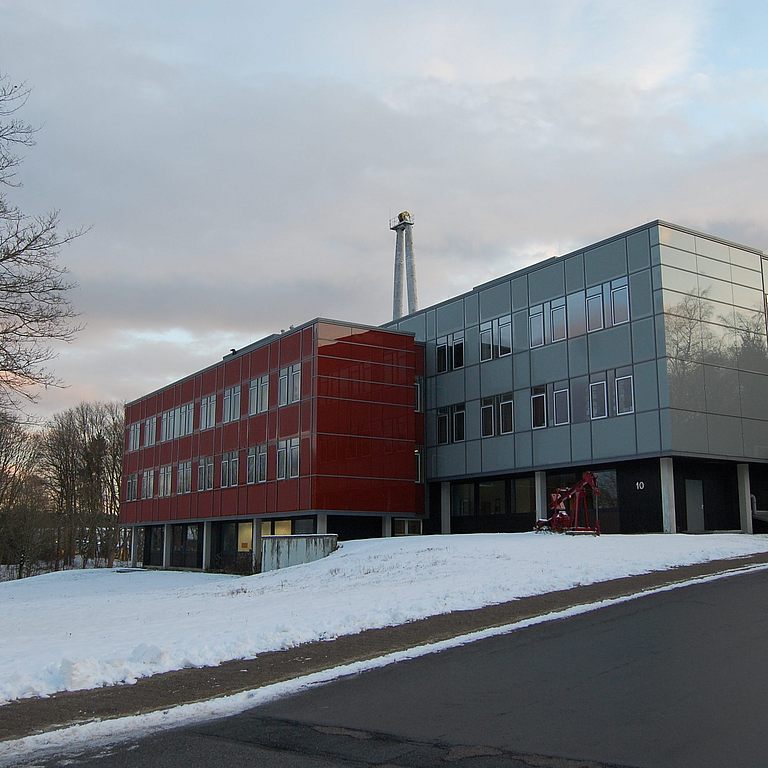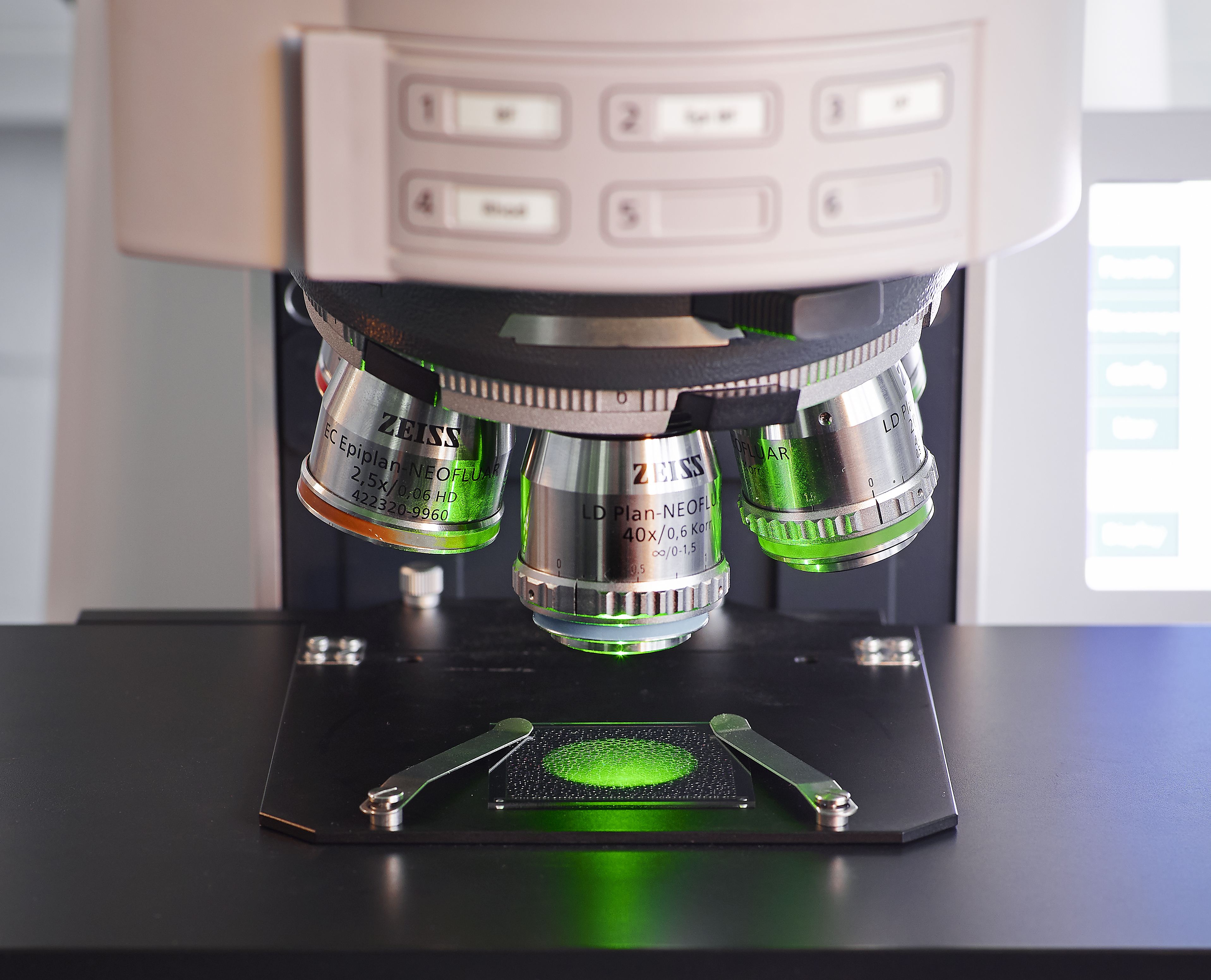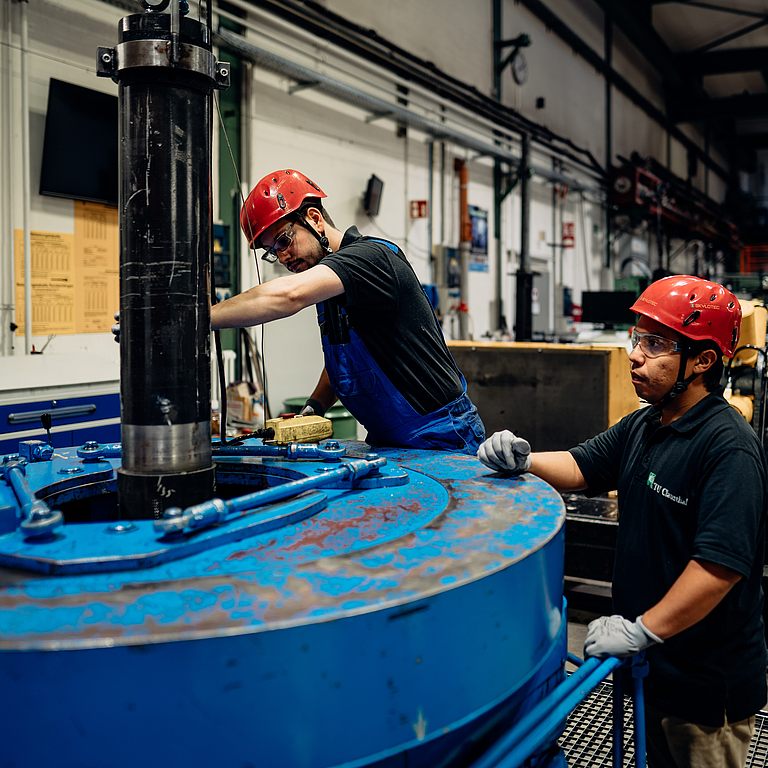Scientific study on the national and international technical status on CO2 storage and pipeline transport (DGMK 887)
Description
Avoiding greenhouse gas emissions is one of the most vital methods to mitigate climate change. However, certain processes cannot avoid the production of carbon dioxide despite being powered by renewable energy sources (e.g. cement, steel production). For these industries (hard-to-abate), the capture of carbon dioxide and its storage remains the most viable opportunity to contribute to the reduction of greenhouse gas emissions.
Carbon Dioxide Capture and Storage (CCS) is a technology dedicated to capturing carbon dioxide directly at the emitters, transporting it via pipeline, ship or truck to an injection facility where it is injected into geological formations either for permanent storage or for carbon dioxide utilization purposes (CCUS). CCS operations commenced with Sleipner off the Norwegian coast in 1996, which serves as a pioneer in this technology. CCUS operations have been implemented for many decades, especially serving as Enhanced Oil Recovery techniques. In the European Union, the directive 2009/31/EC was drafted in 2009 and serves as a complete regulatory framework for geological CO2 storage for the member states. The current federal law on carbon dioxide storage in Germany, which contains major obstacles to national CCS implementation, has been reviewed and an amendment of the law has been drafted which contains facilitated approval processes for transportation networks and designates the Exclusive Economic Zone as the prime area for CCS operations. Additionally, the Federal Carbon Management Strategy denotes CCS as an essential tool to achieve carbon neutrality.
The project DGMK 887 has conducted a scientific review of the current and future global status of CCS and CCUS operations. The study reviews the applicable international standards, technologies and methods used for transporting, injecting and storing the captured carbon dioxide. The emerging concept of intermediate storage, which acts as a buffer between the supply of CO2 to the injection sites and its injection is also addressed. Previous and ongoing global projects (on- and offshore) are mentioned as examples and the influence on subsequent operations is analyzed. Vital monitoring strategies applied during the injection and post-injection process are listed, along with risk assessment methods. The literature review concludes how the experience from global projects can be projected onto a national CCS strategy in Germany.




